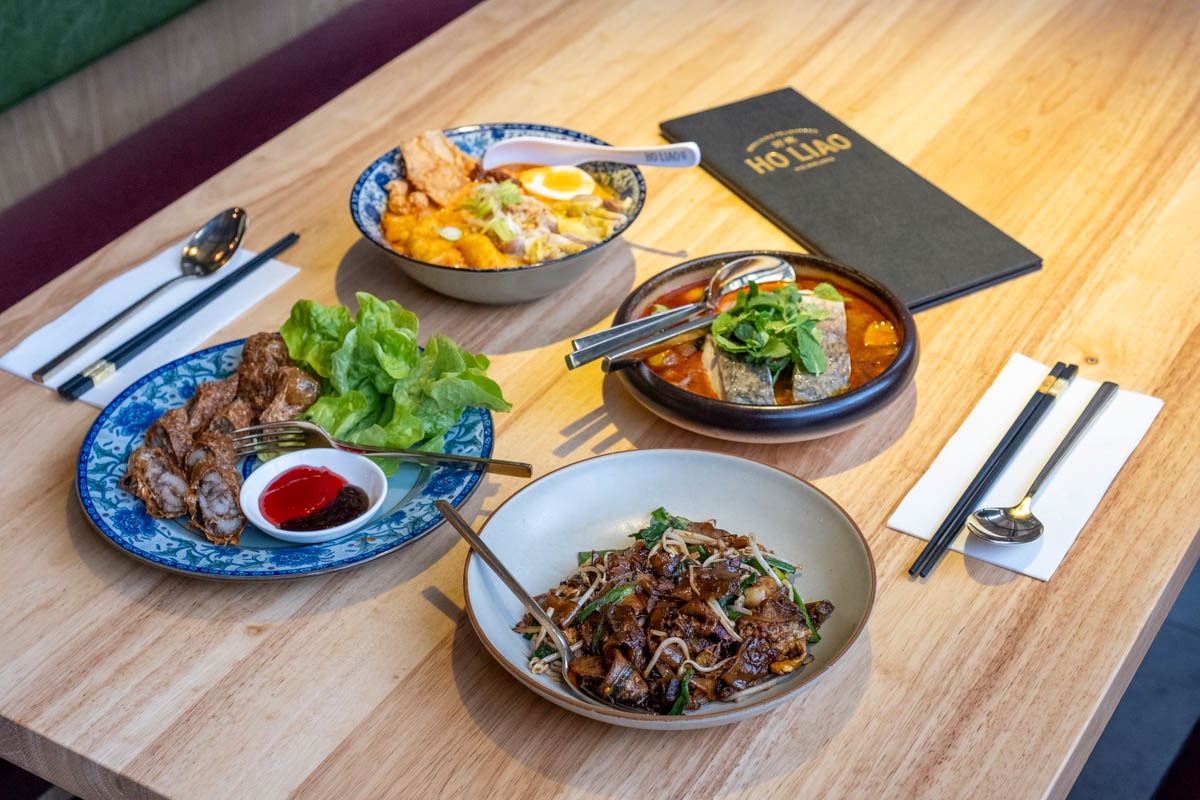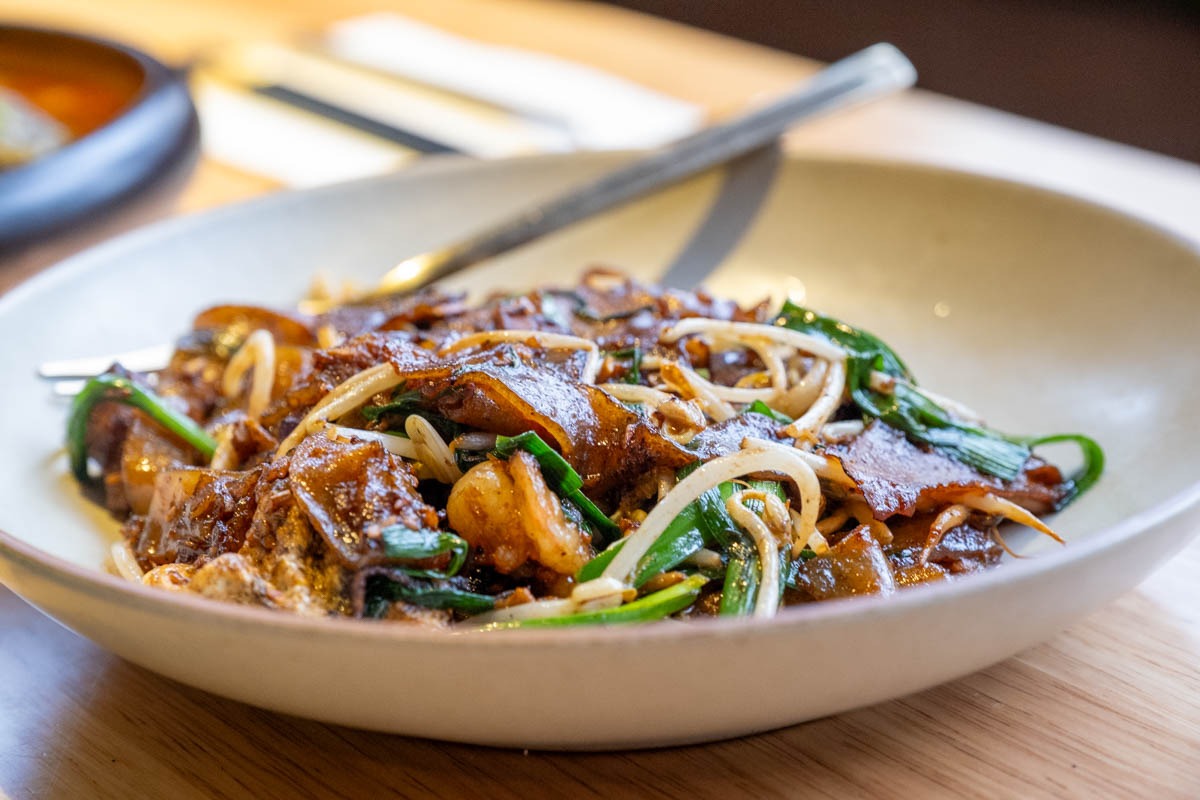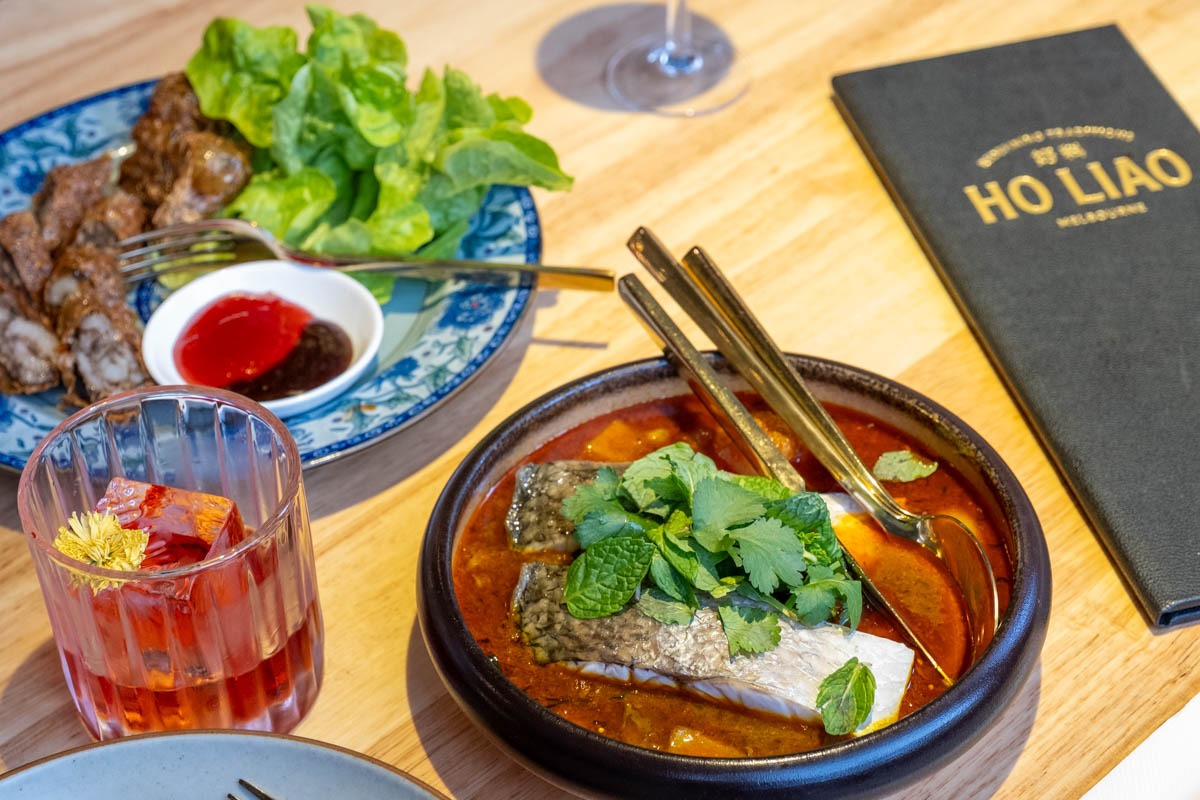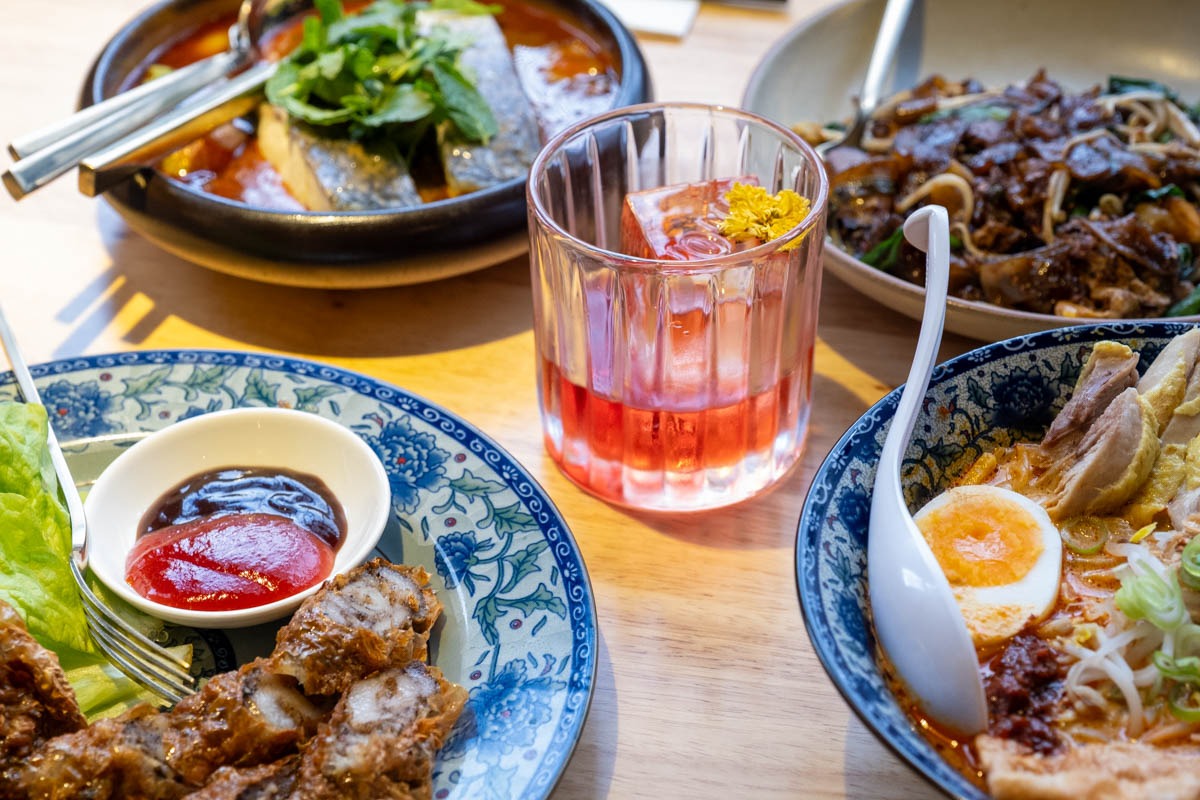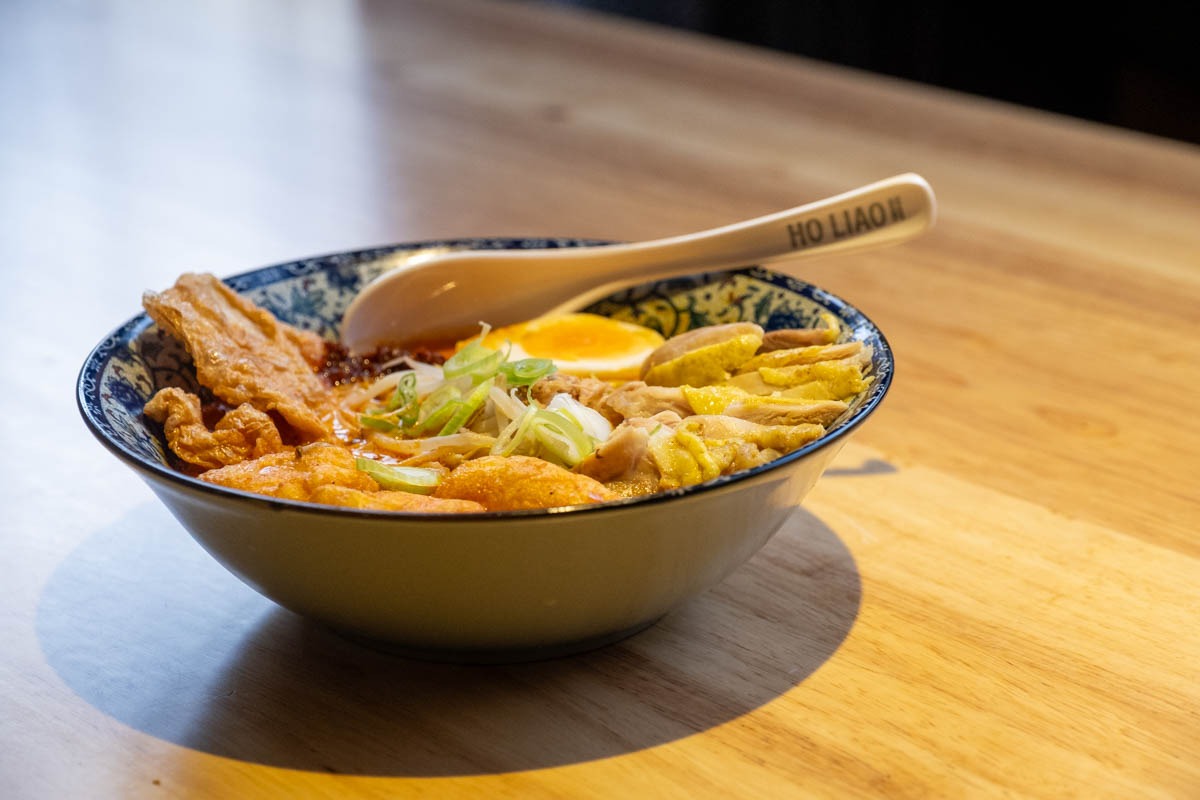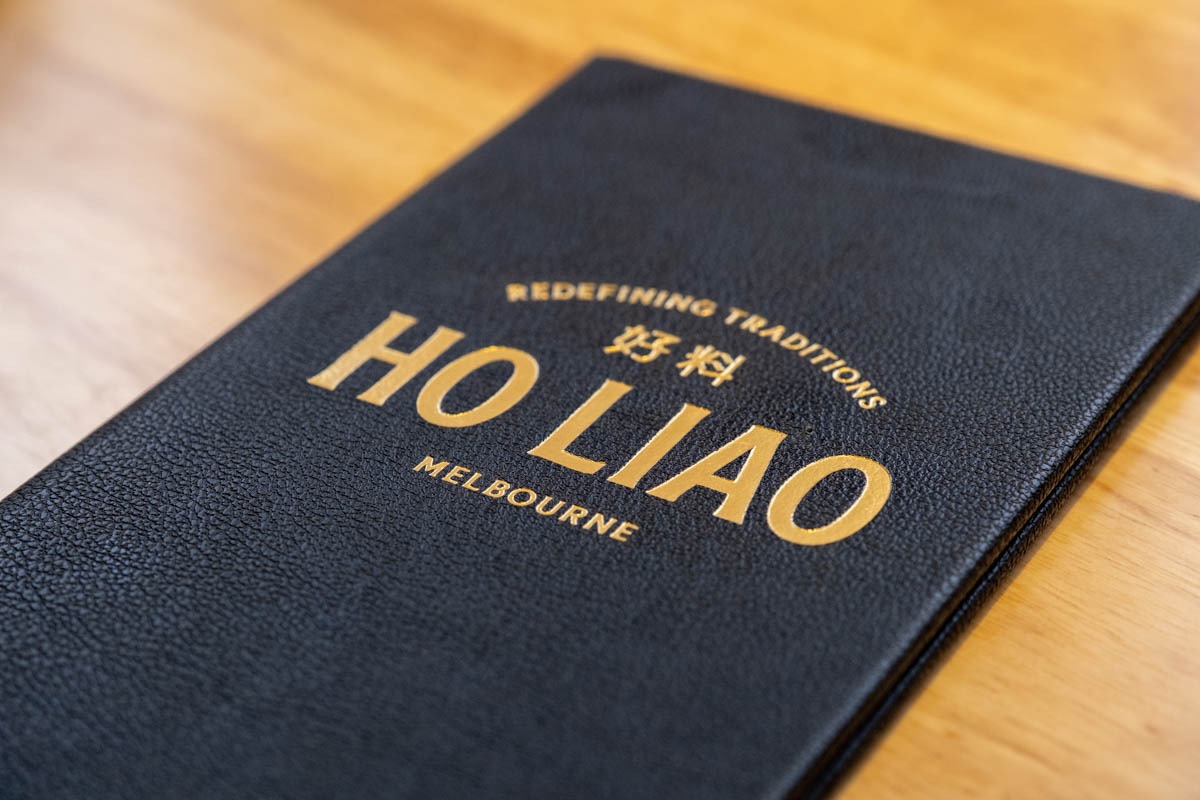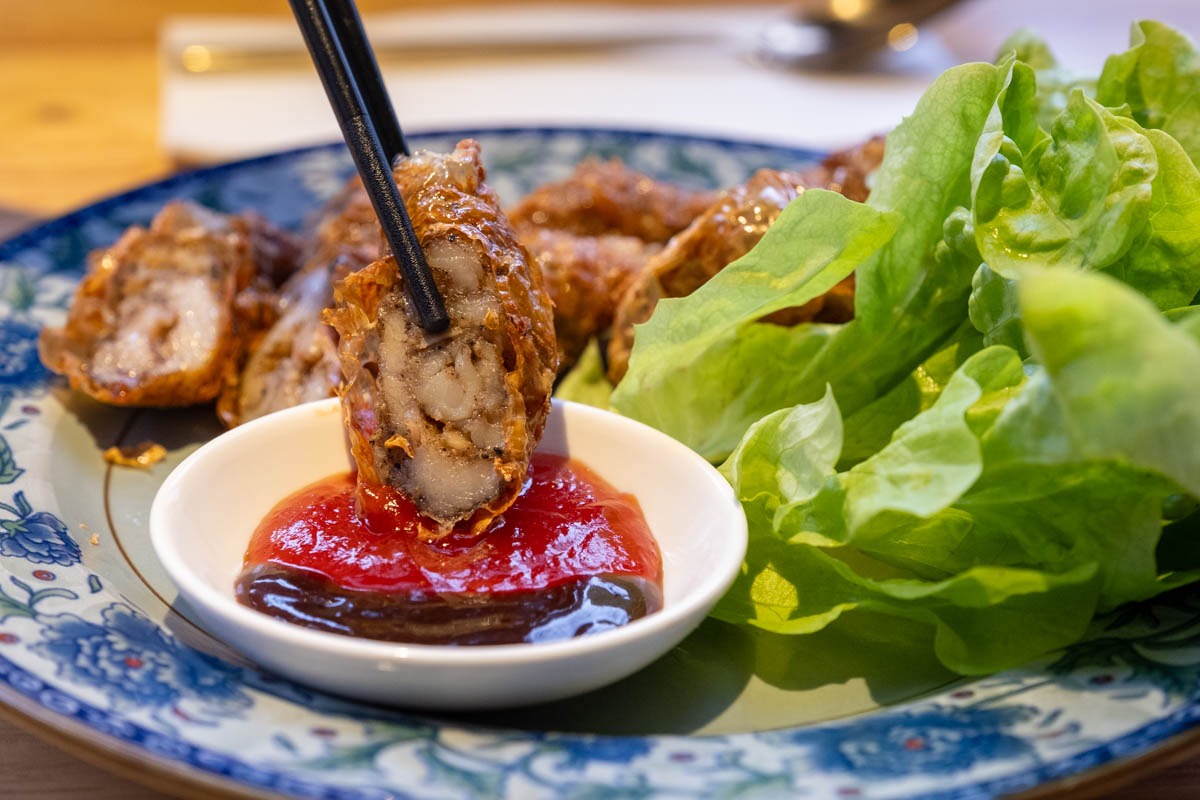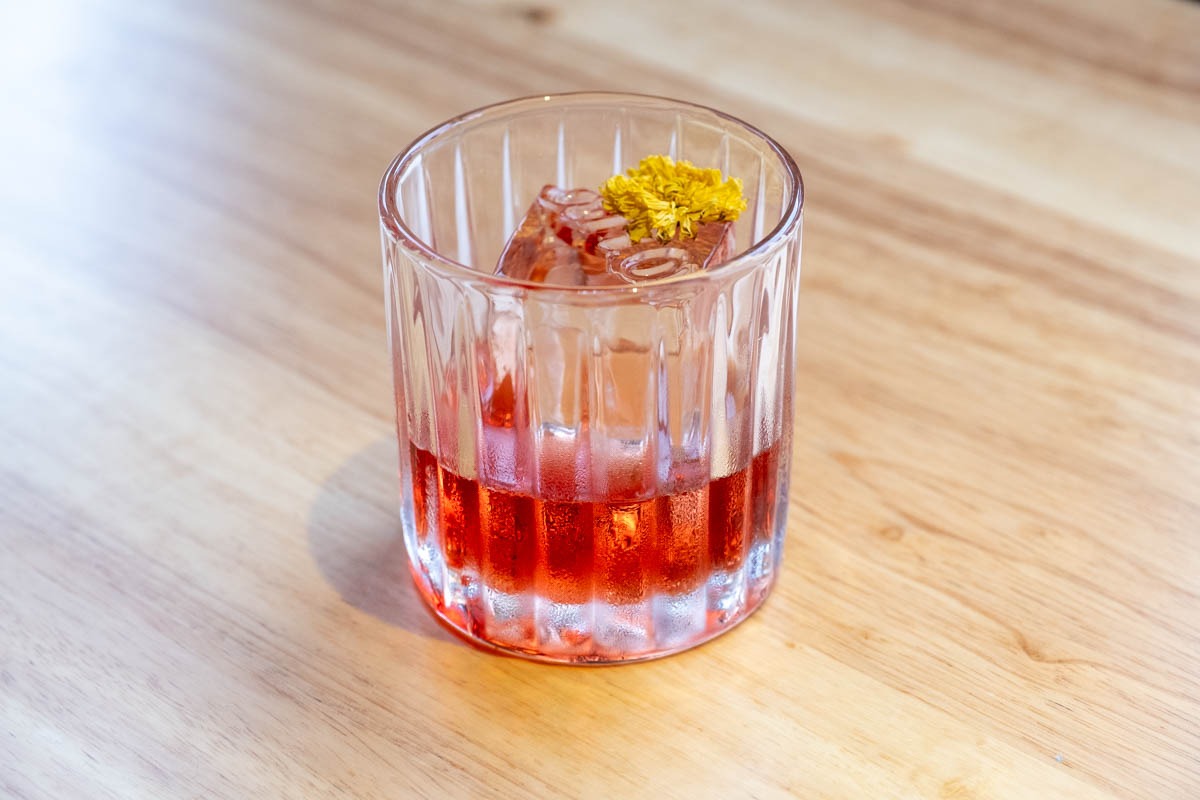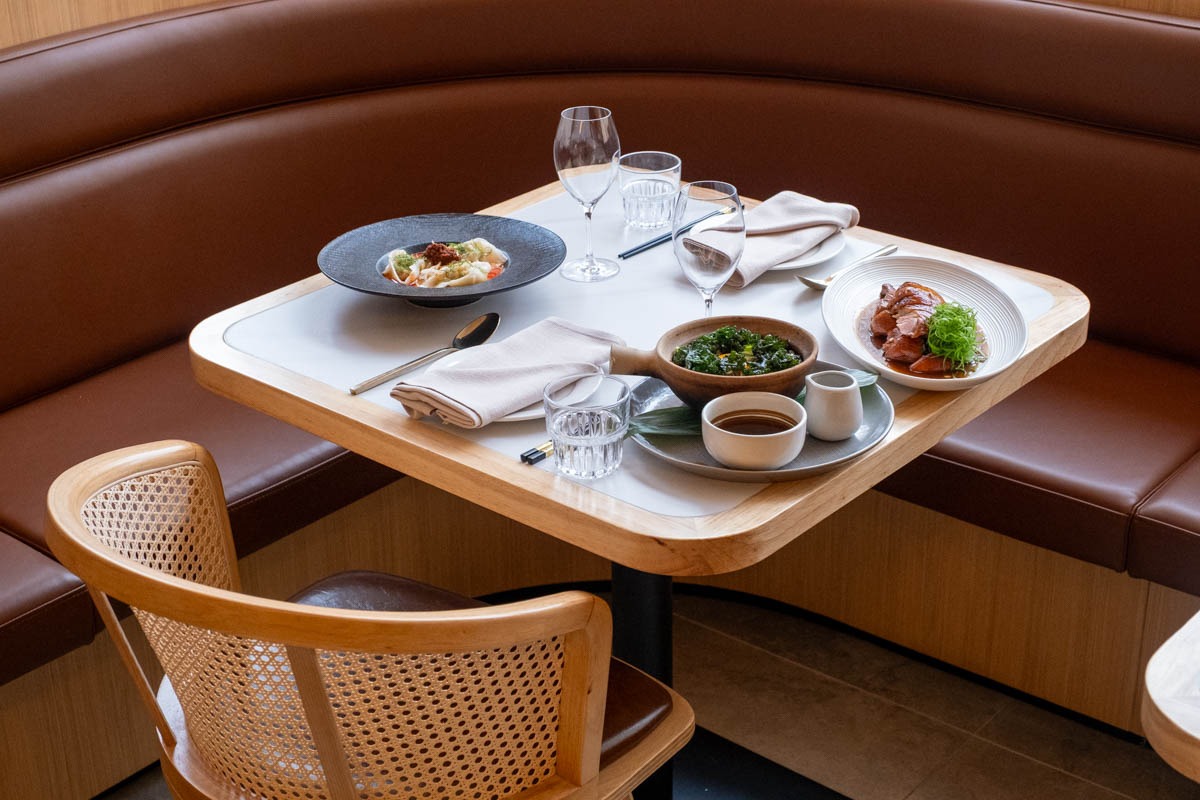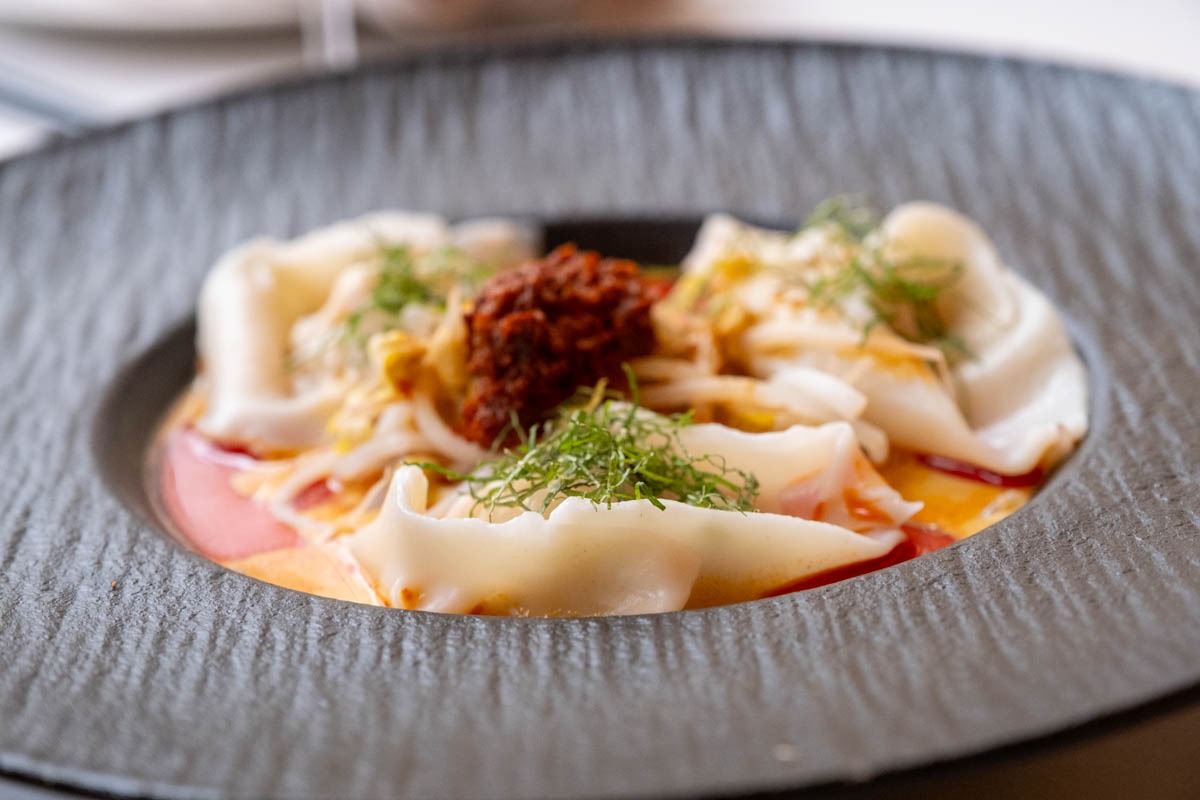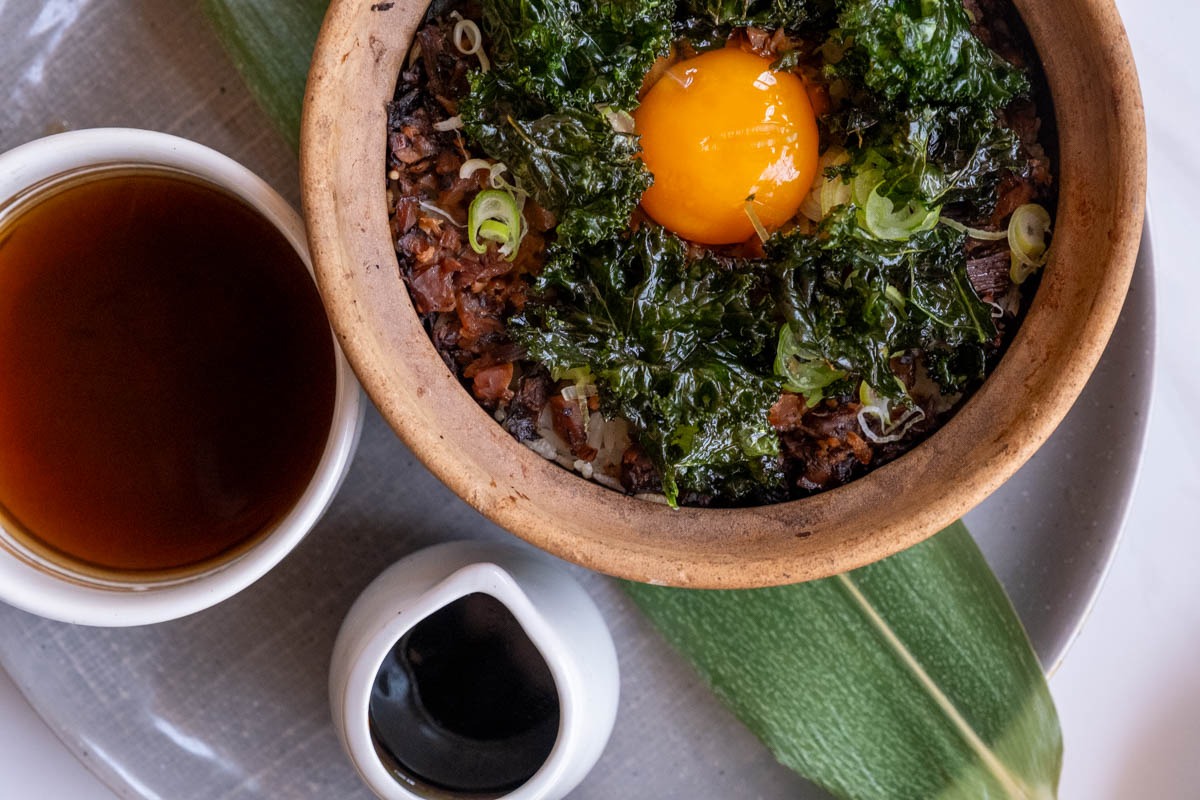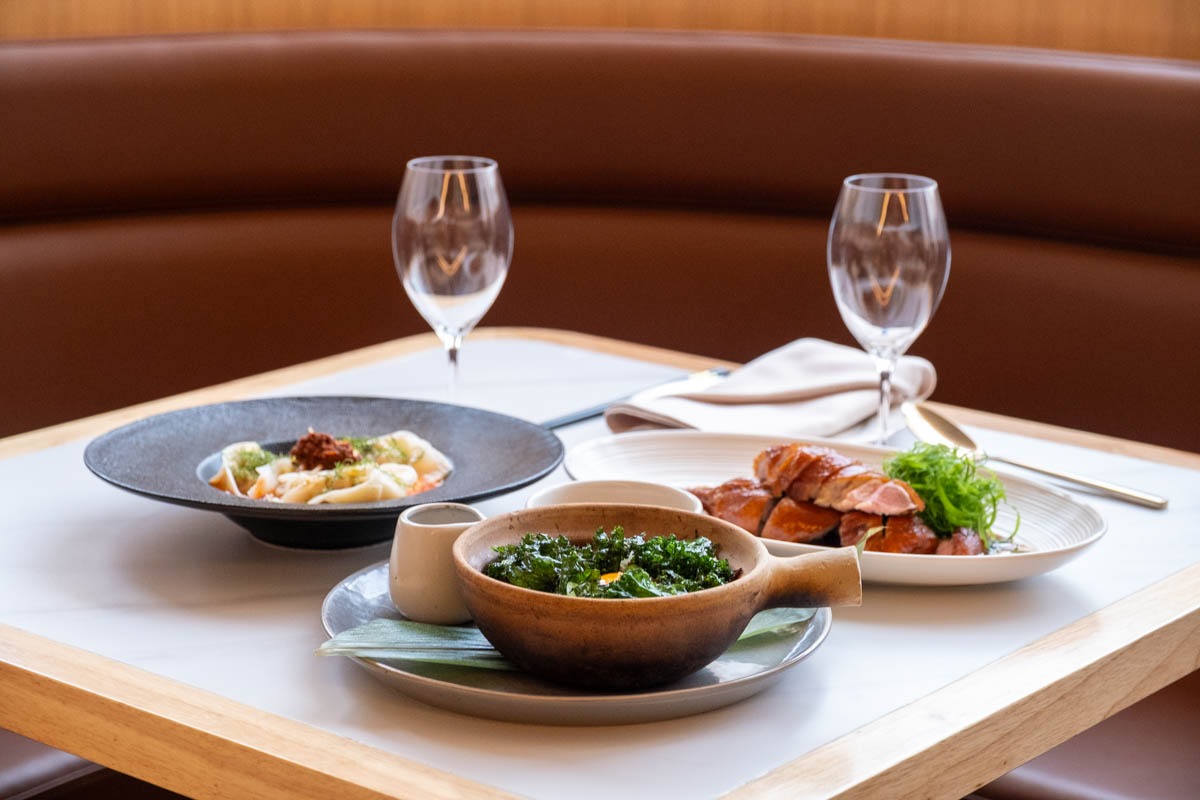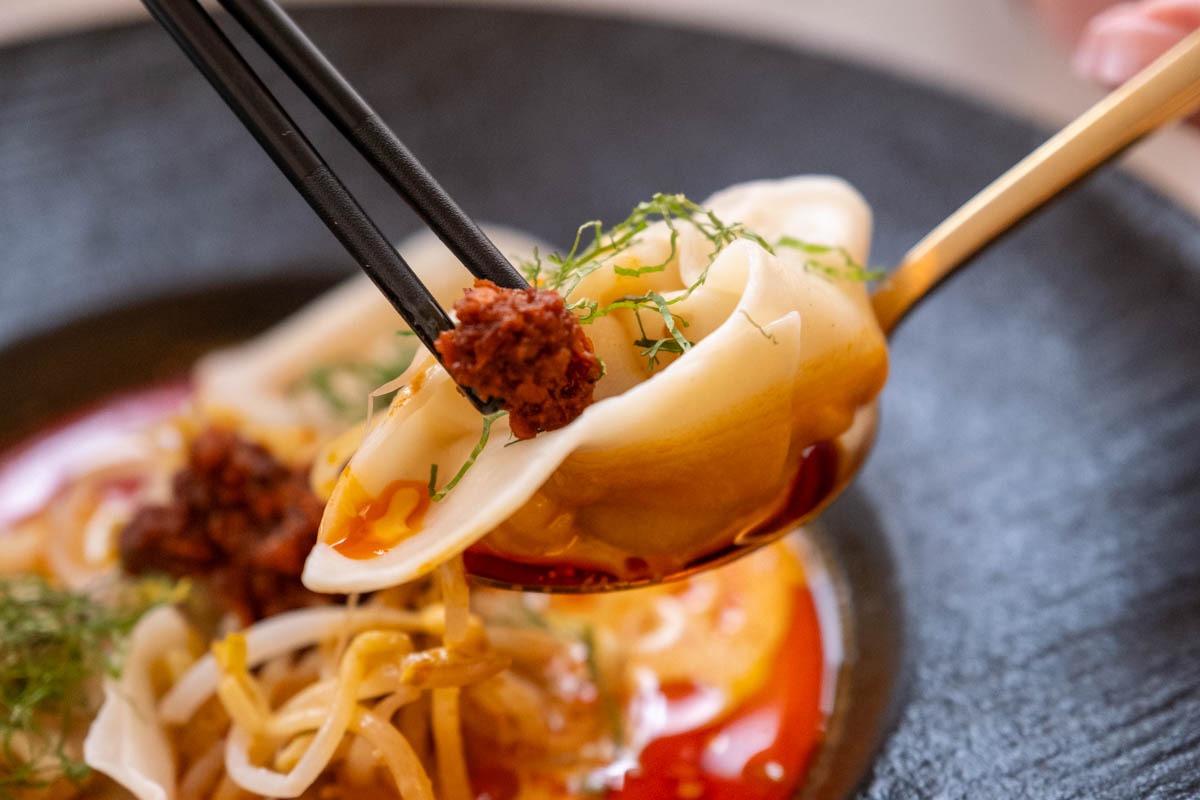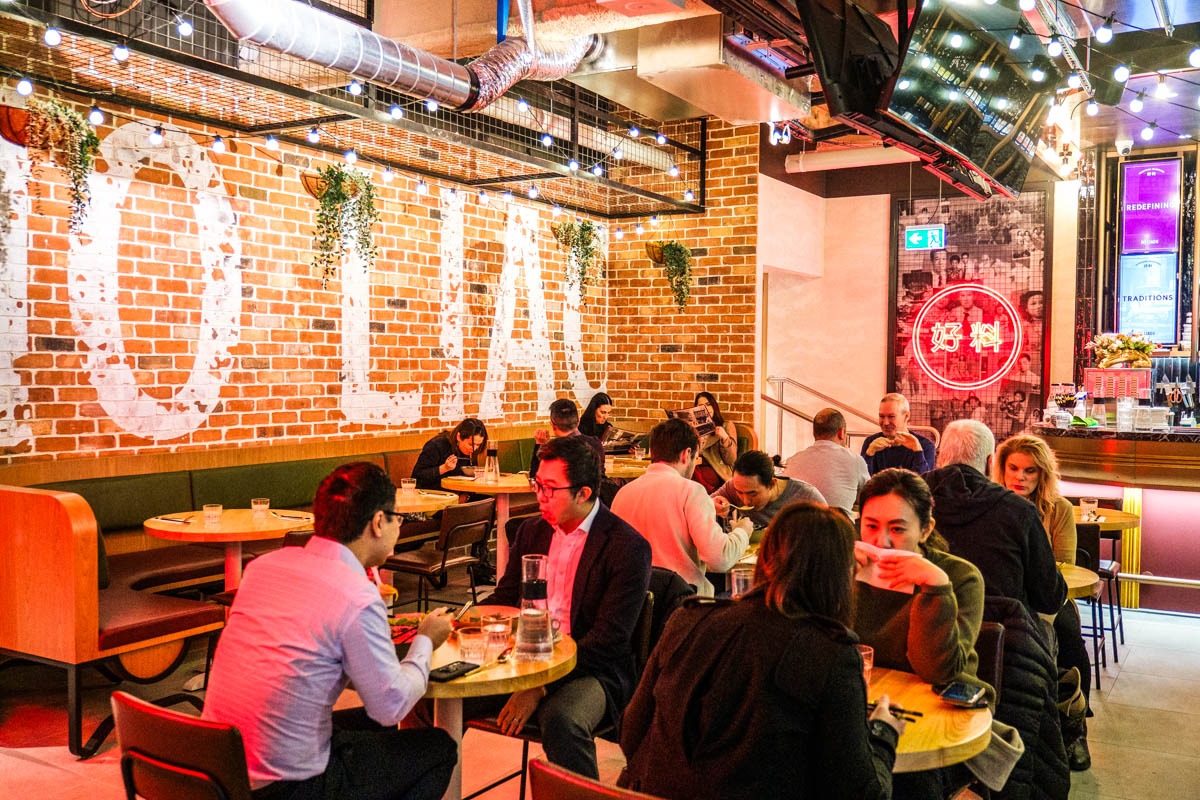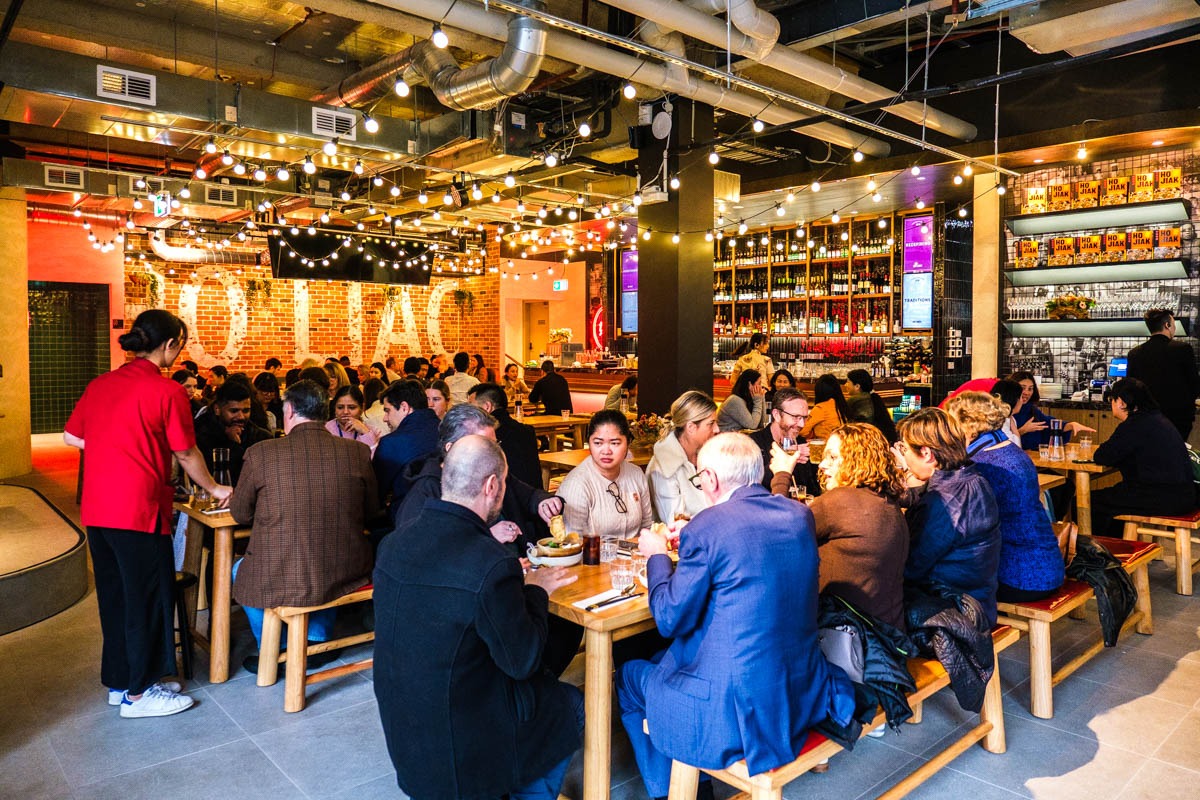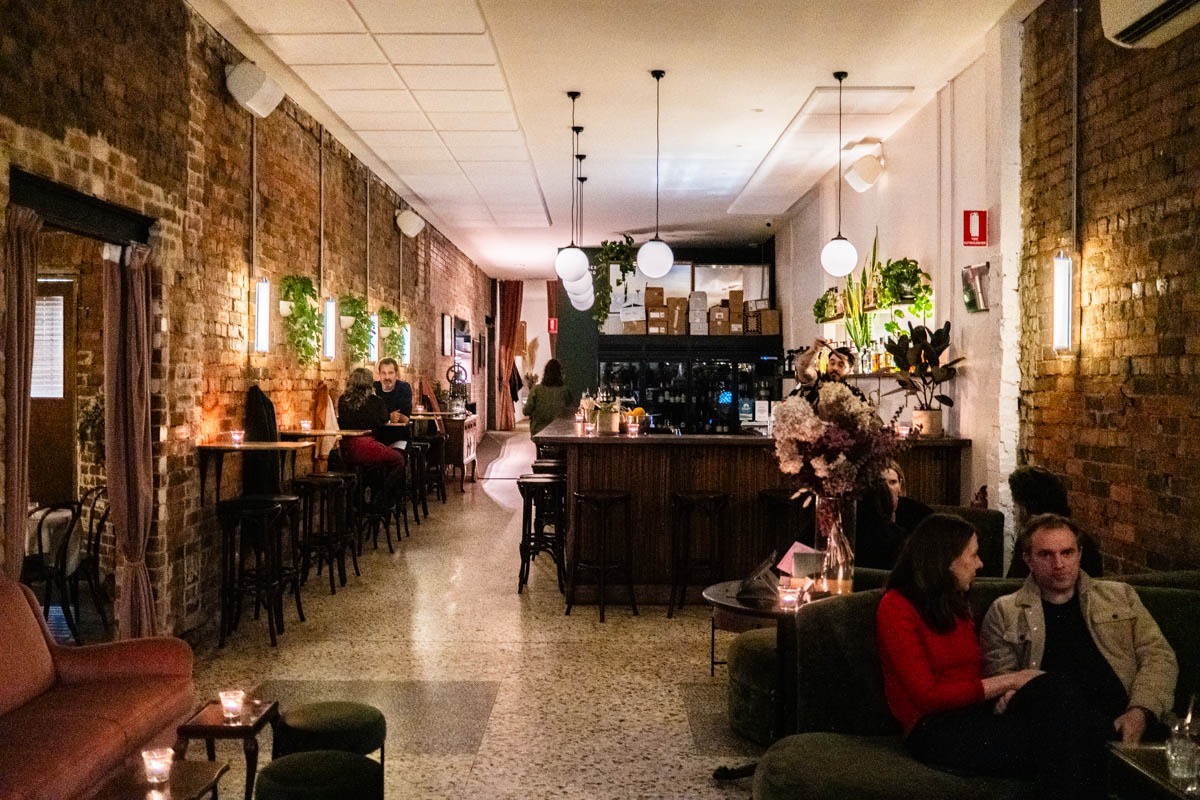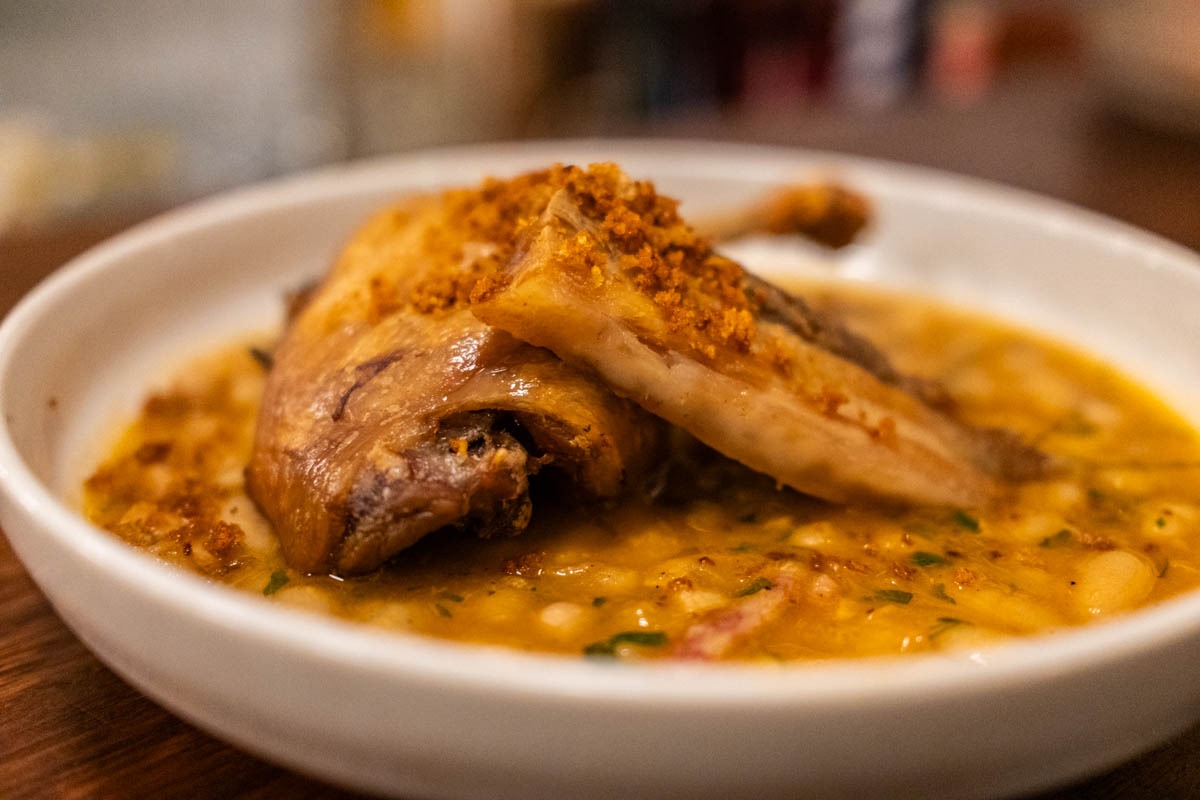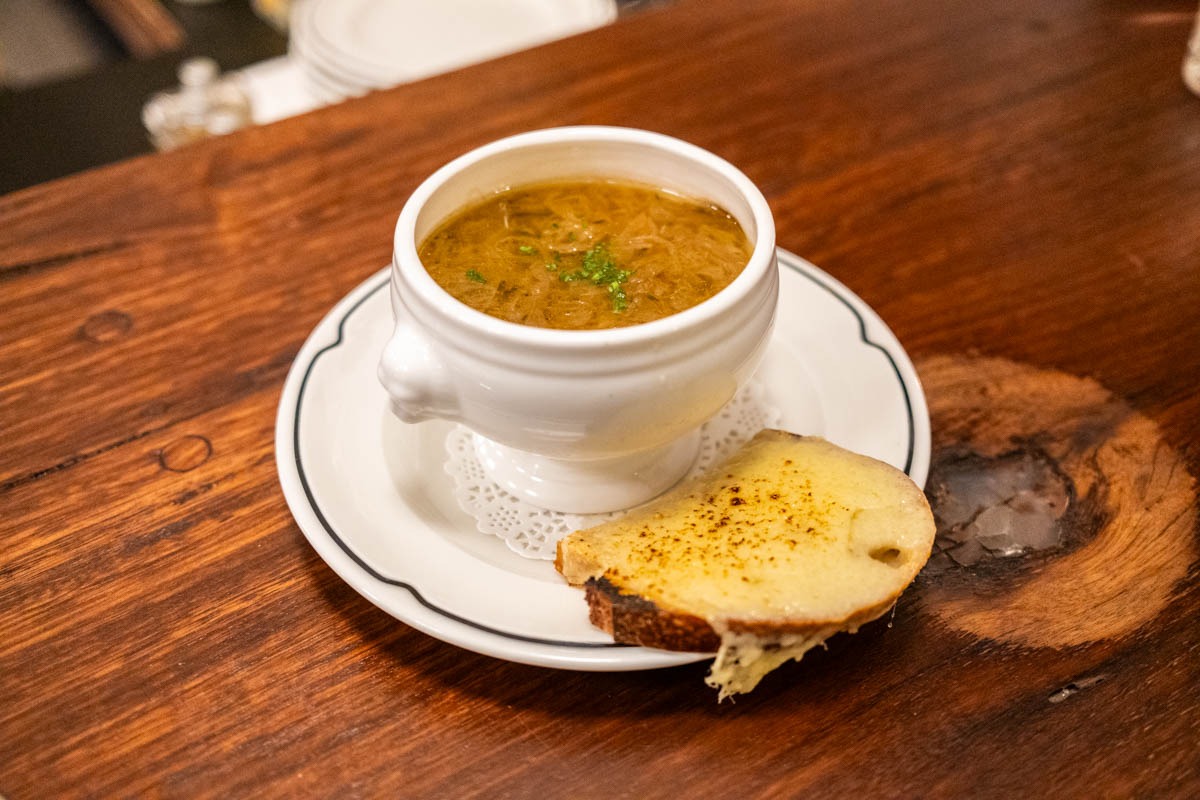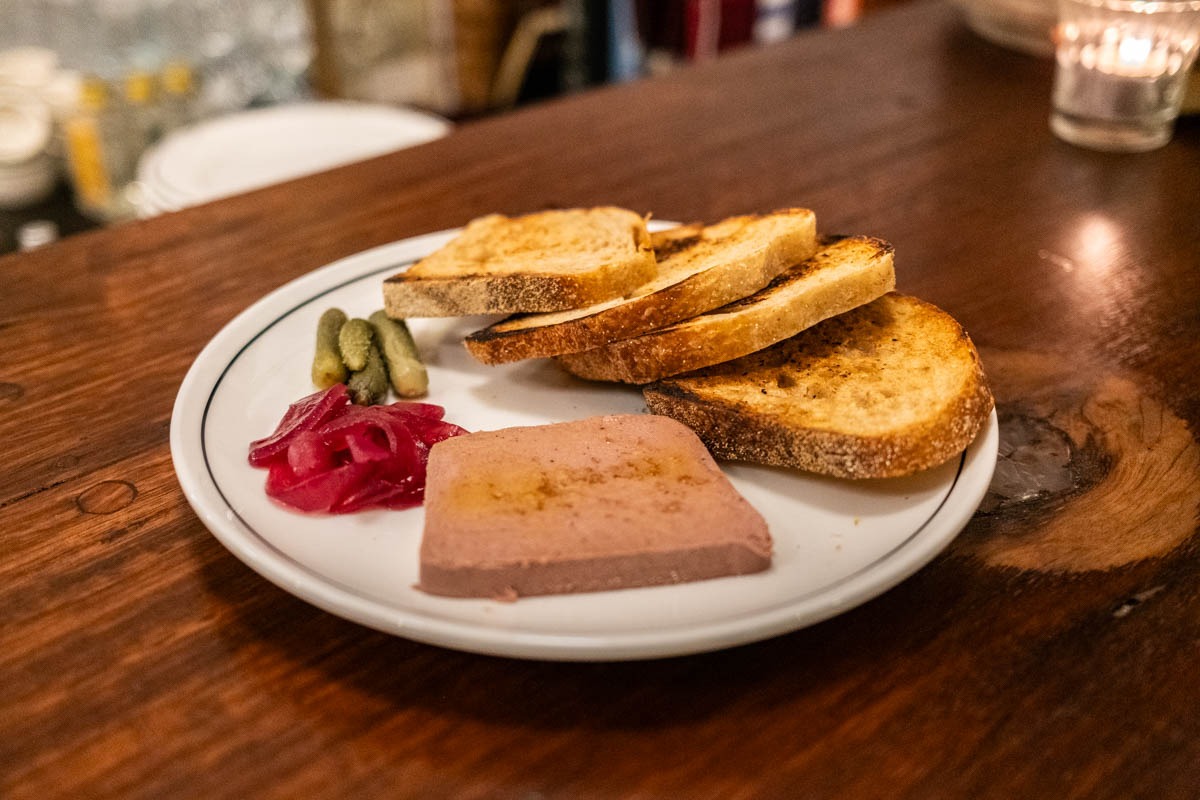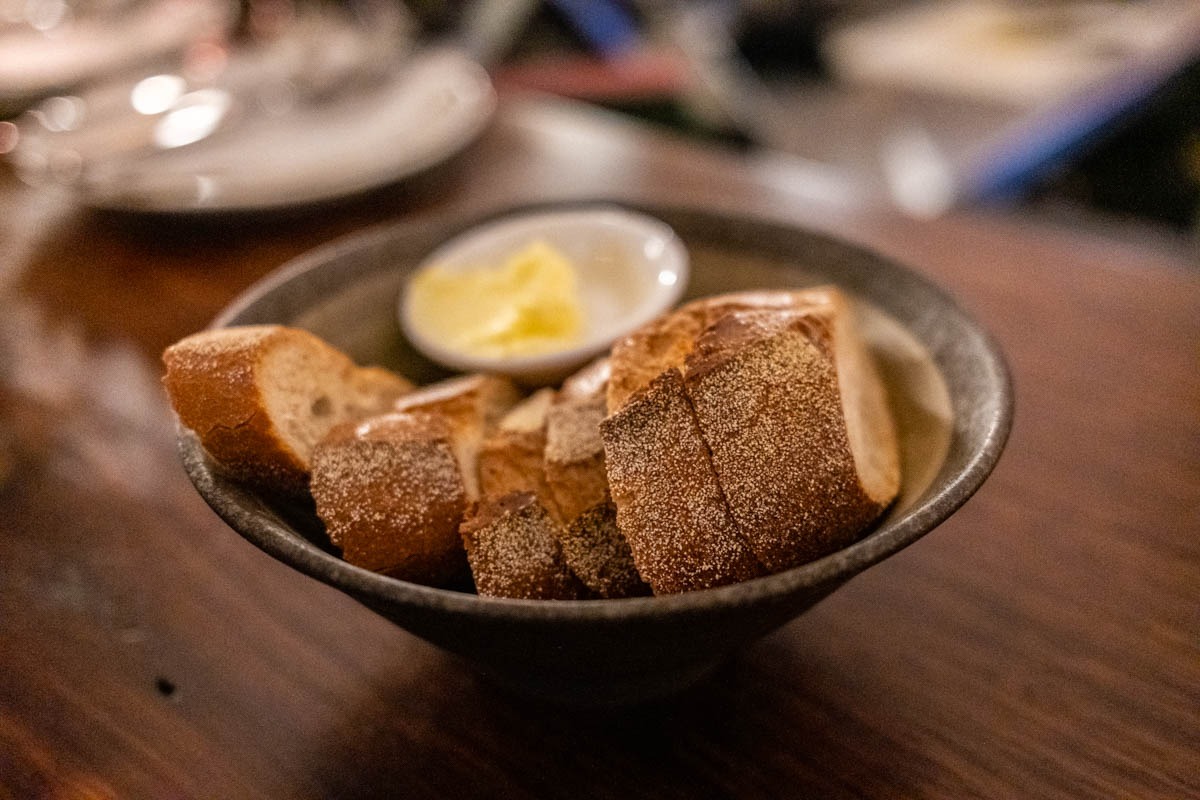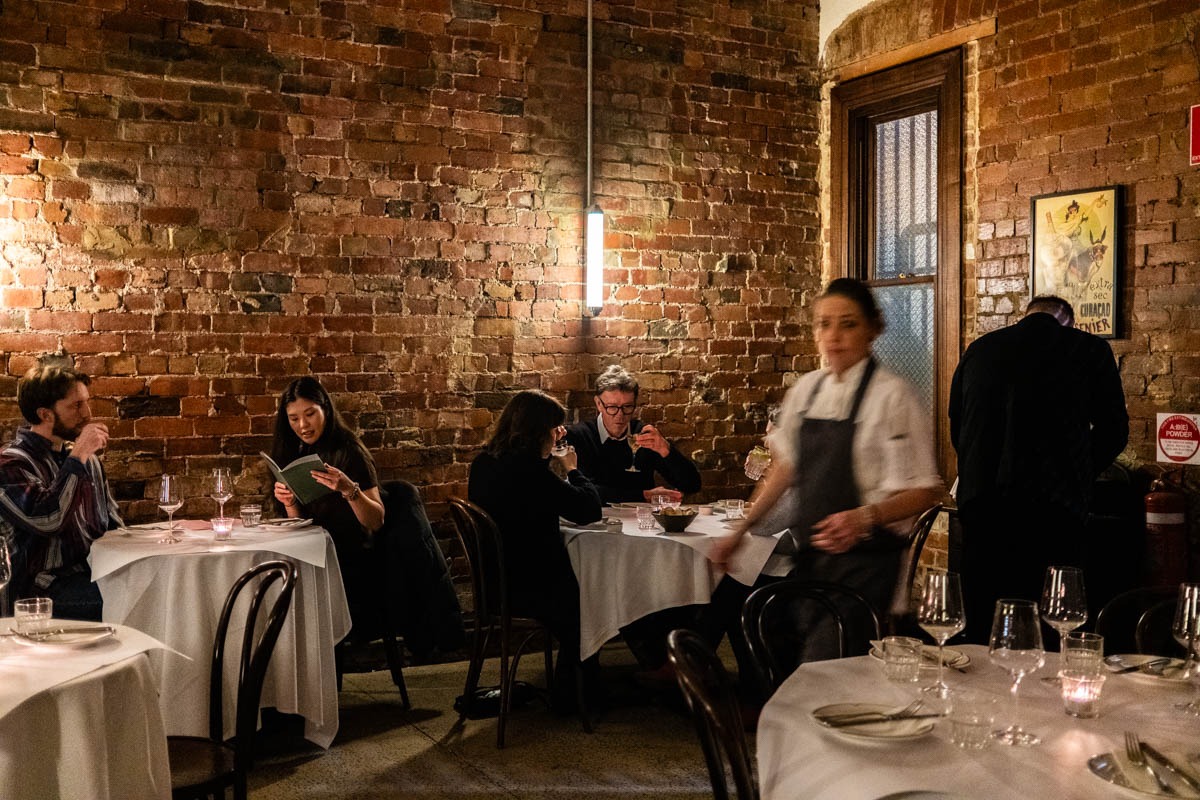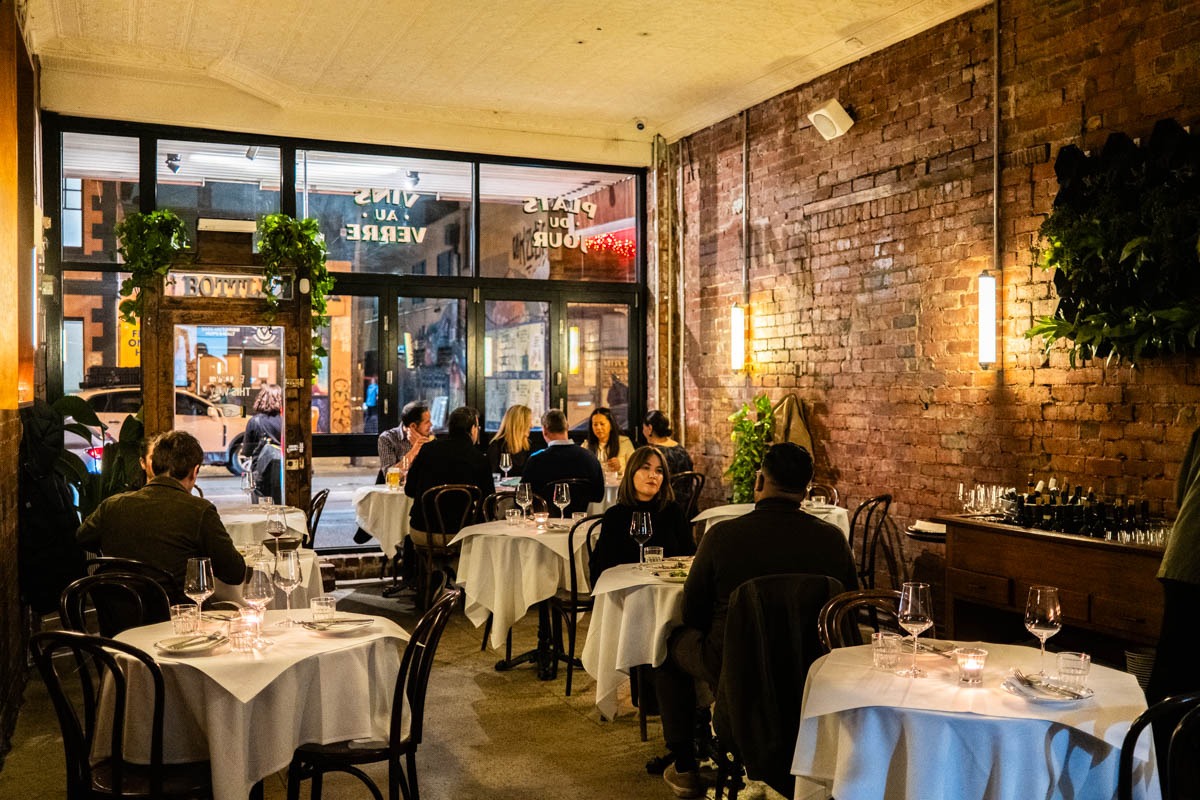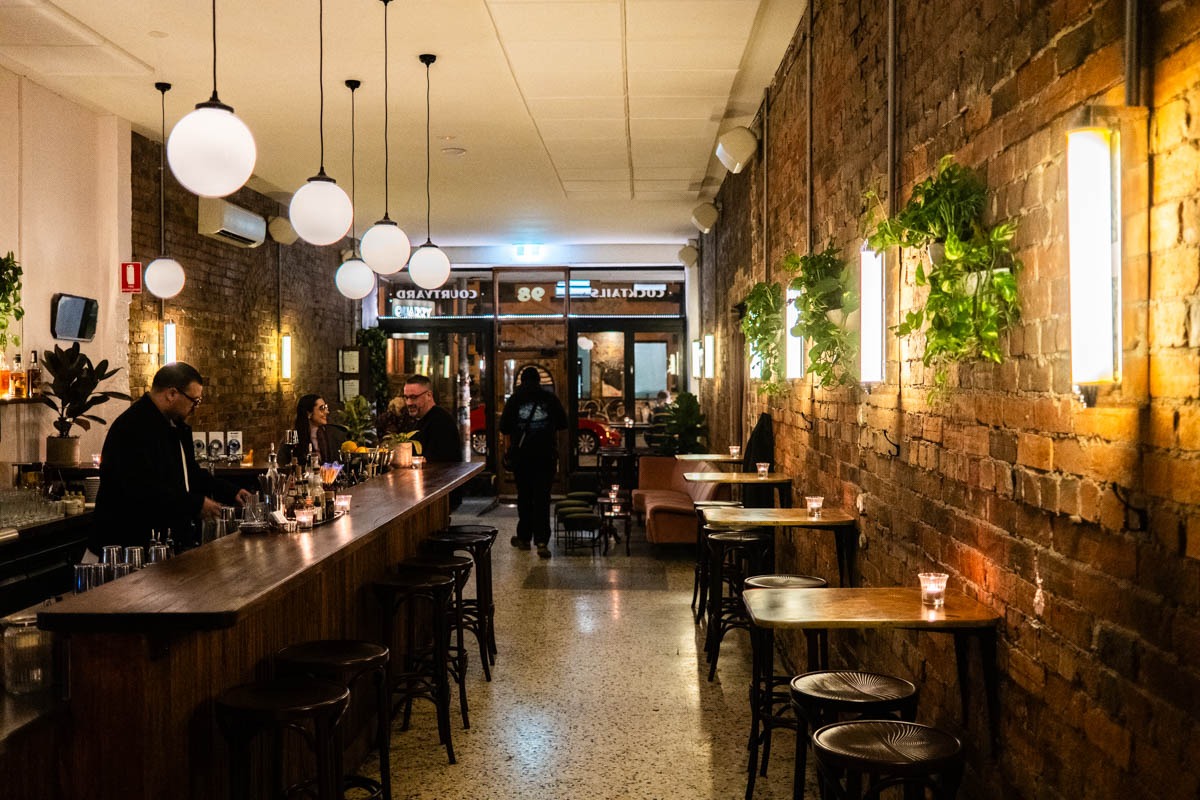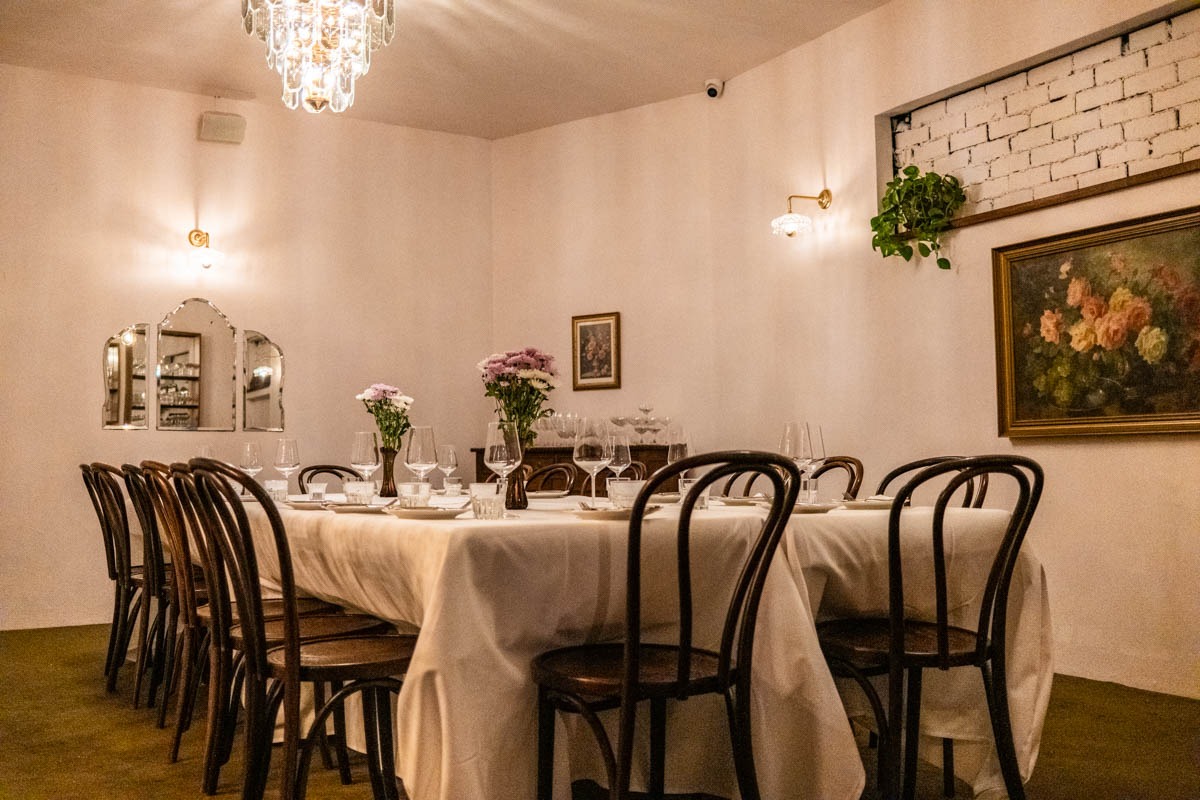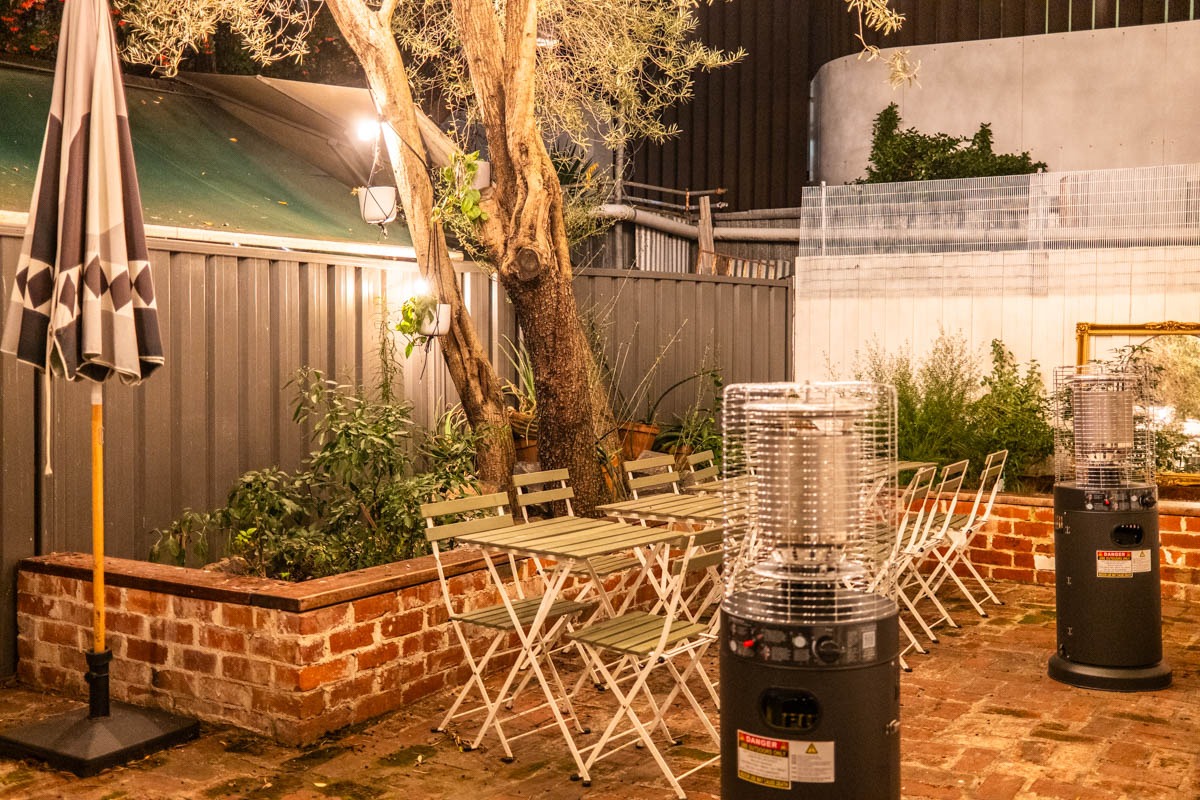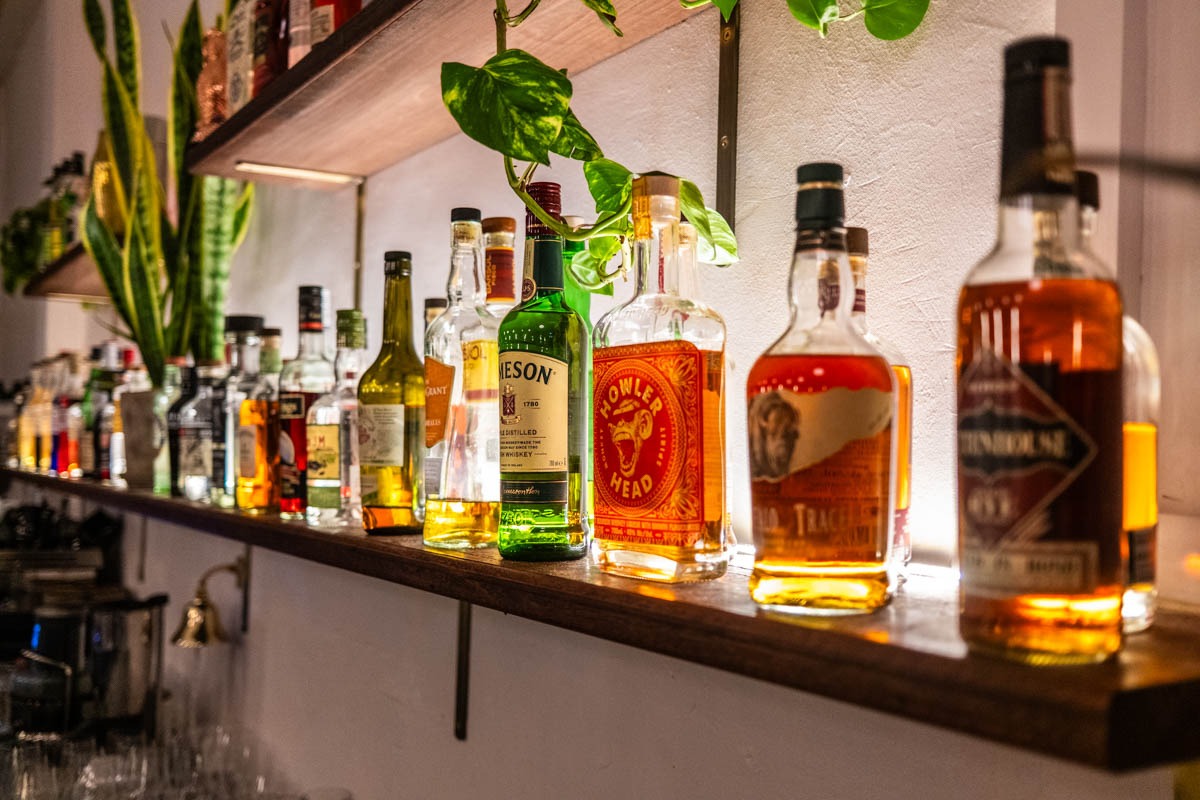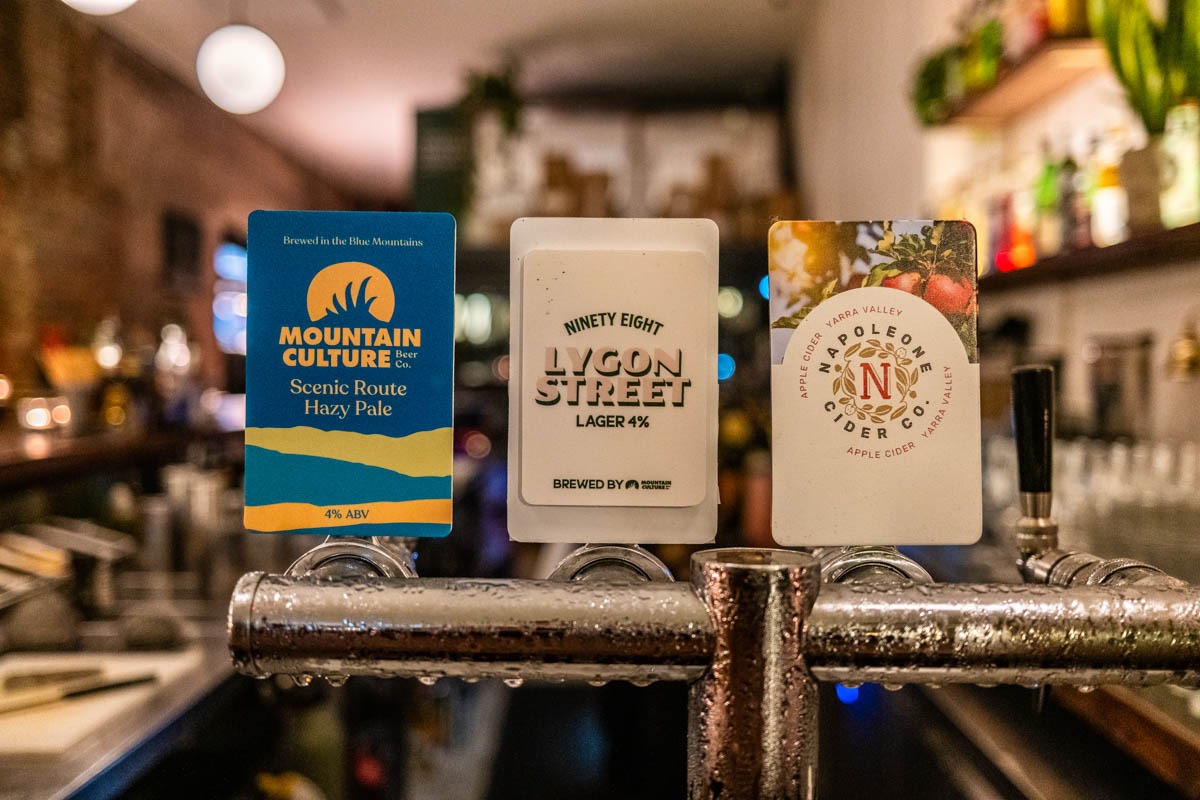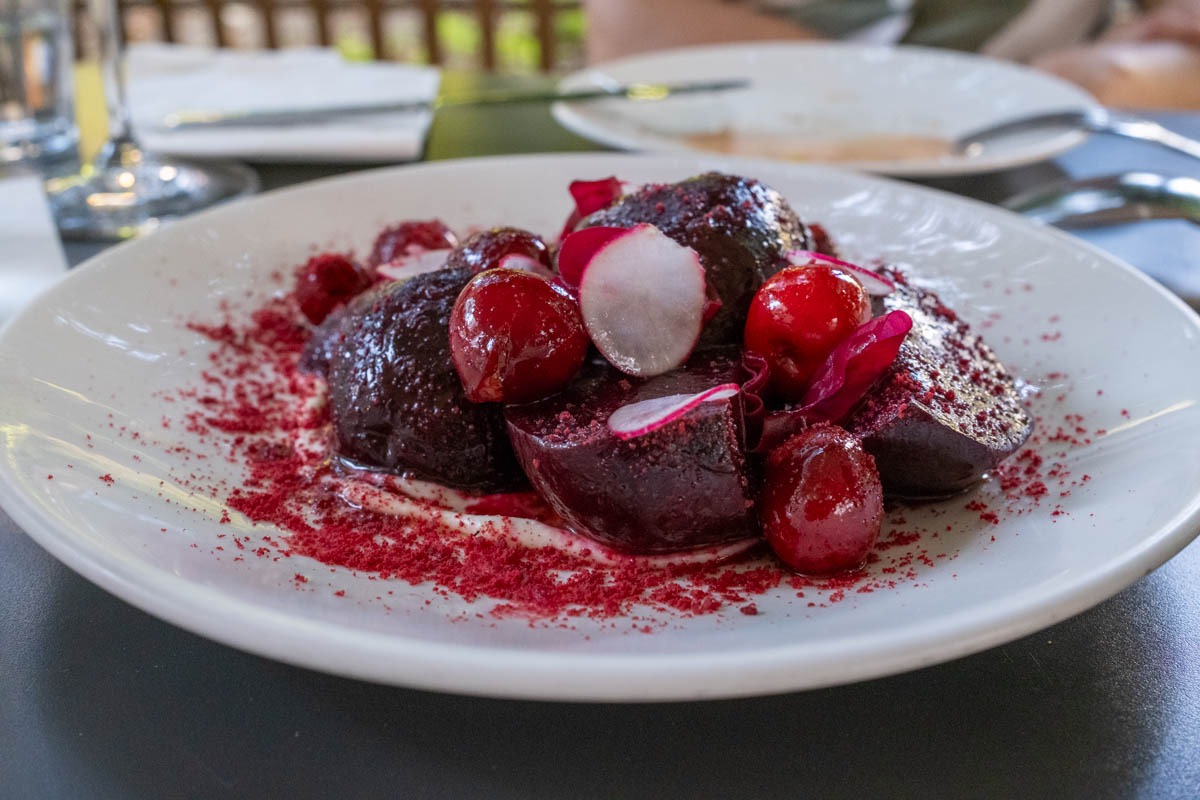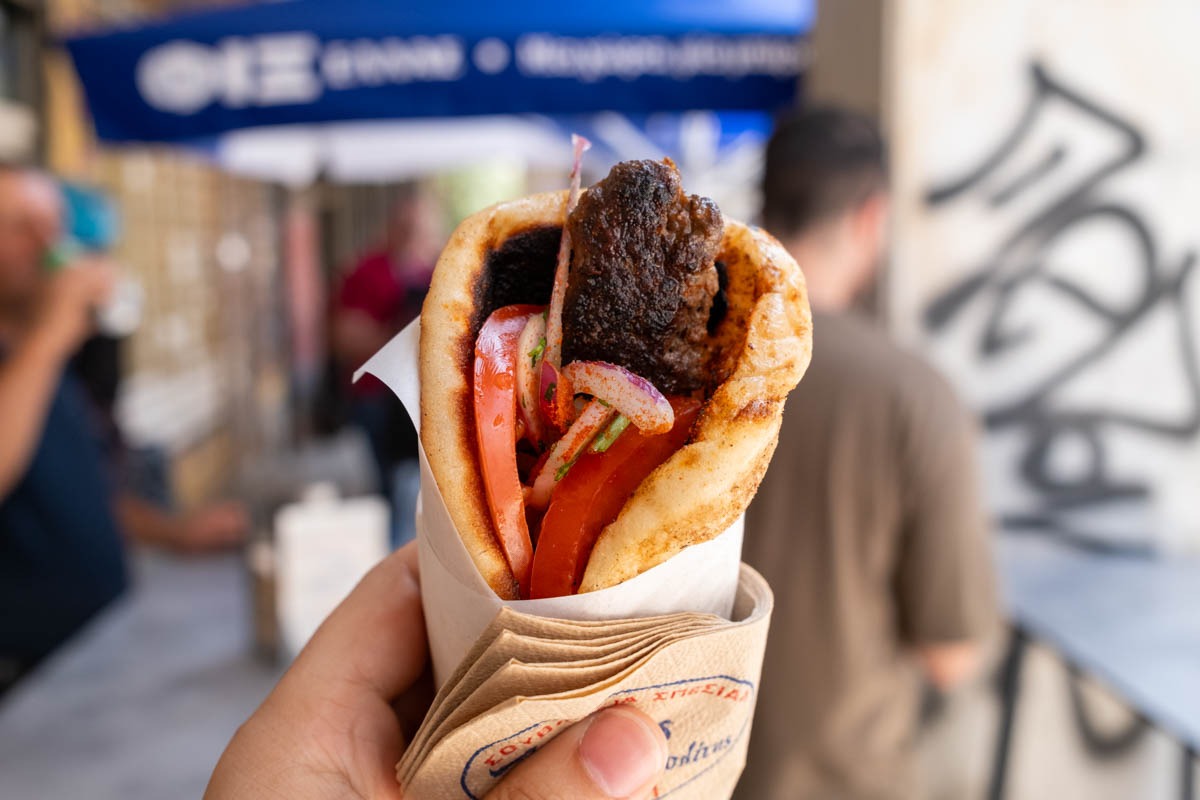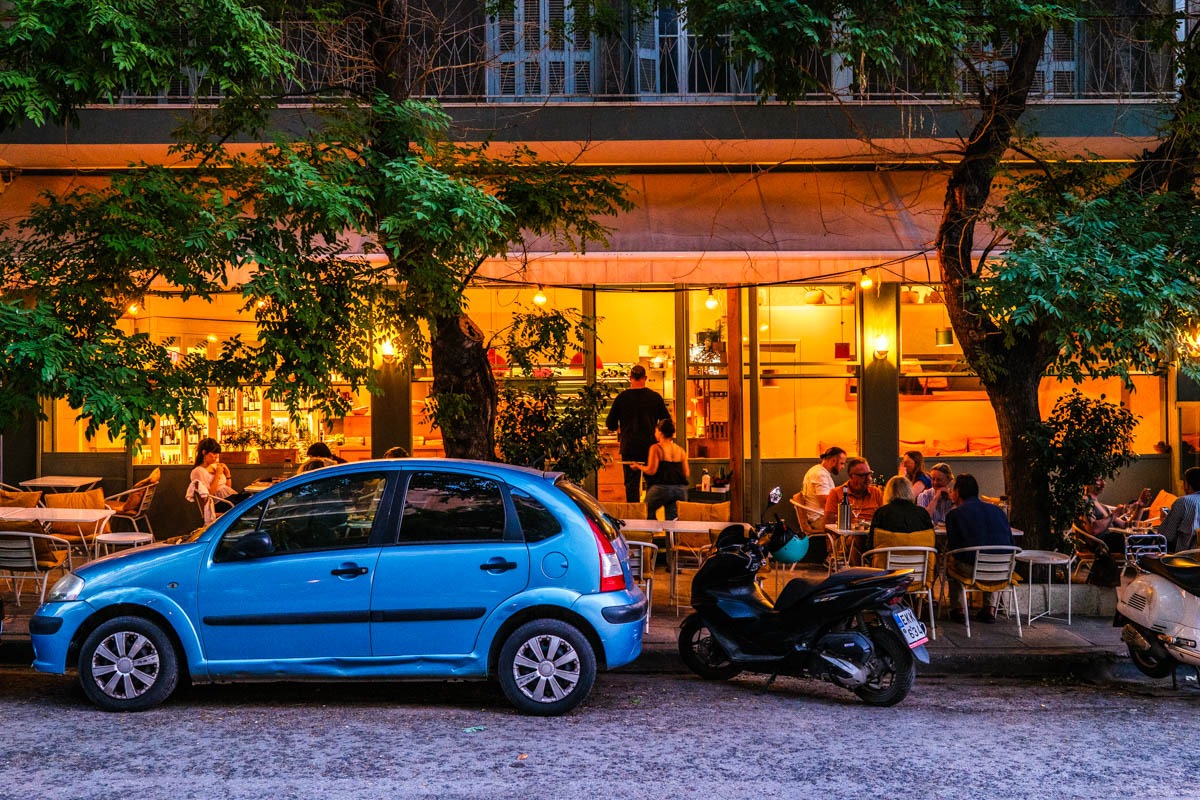MELBOURNE | In 2014, Junda Khoo quit his finance job to, with no formal kitchen or hospitality experience, embark on a journey that would lead him to open a small restaurant in Sydney’s Strathfield, focusing on Penang-style street food favourites.
Since then, Junda’s opened three more restaurants in Sydney (the Town Hall location is one of my favourite spots in town for a feed). Now it’s Melbourne’s chance to get in on the action, with not one, but three venues on Rainbow Alley, at the rear of the former Tivoli Arcade. I popped in for What’s On Melbourne to take a look.
At street level you have Da Bao, a primarily take-away window with some stools and seating to the side, offering a selection of $15 rice and noodle dishes. Things like char kway teow, Hainanese chicken rice, and nasi lemak, plus classic Malaysian drinks like bandung and teh tarik.
Go up a level, and you’ll find yourself at Ho Jiak: Junda’s Playground. Similar to Ho Jiak Town Hall, this is where you’ll find elevated, experimental Malaysian food. The fitout is classier too, but still casual. It’s where you’ll find things like Junda’s “laksa bomb” dumplings (as seen on Masterchef), roast bone marrow rendang curry with roti paratha (a long time favourite of mine), and raw kingfish with Assam laksa granita, and pineapple salsa.
On the top floor, inspired by the beer halls of Asia, is Ho Liao. It’s a vibrant, vibey space. Visit for casual dining inspired by Junda’s grandmother’s cooking, with a twist. Favourites include squid with butter, salted duck egg, and curry leaves; and loh bak – crispy bean curd skin rolls of pork jowl, pawns, and five spice with dipping sauces. You can also order any of the $15 lunch options from the Da Bao menu. The char kway teow is a must.
The drinks list is similar across Ho Liao and Ho Jiak, with a selection of Malaysian influenced cocktails and mocktails, local and Asian beers, and an extensive local and European wine list. I’m a big fan of the ‘Laici Breeze’. It’s a blend of lychee liqueur and sparkling white wine, topped with a pomegranate, calamansi, and chardonnay foam.
Ho Jiak / Ho Liao / Da Bao
Rainbow Alley
Melbourne
Victoria 3000
Australia
Telephone: (03) 8637 0889
E-mail: [email protected]
Website
Open
Sun – Thu: 11:00am to 10:00pm
Fri – Sat: 11:00am to 11:00pm




